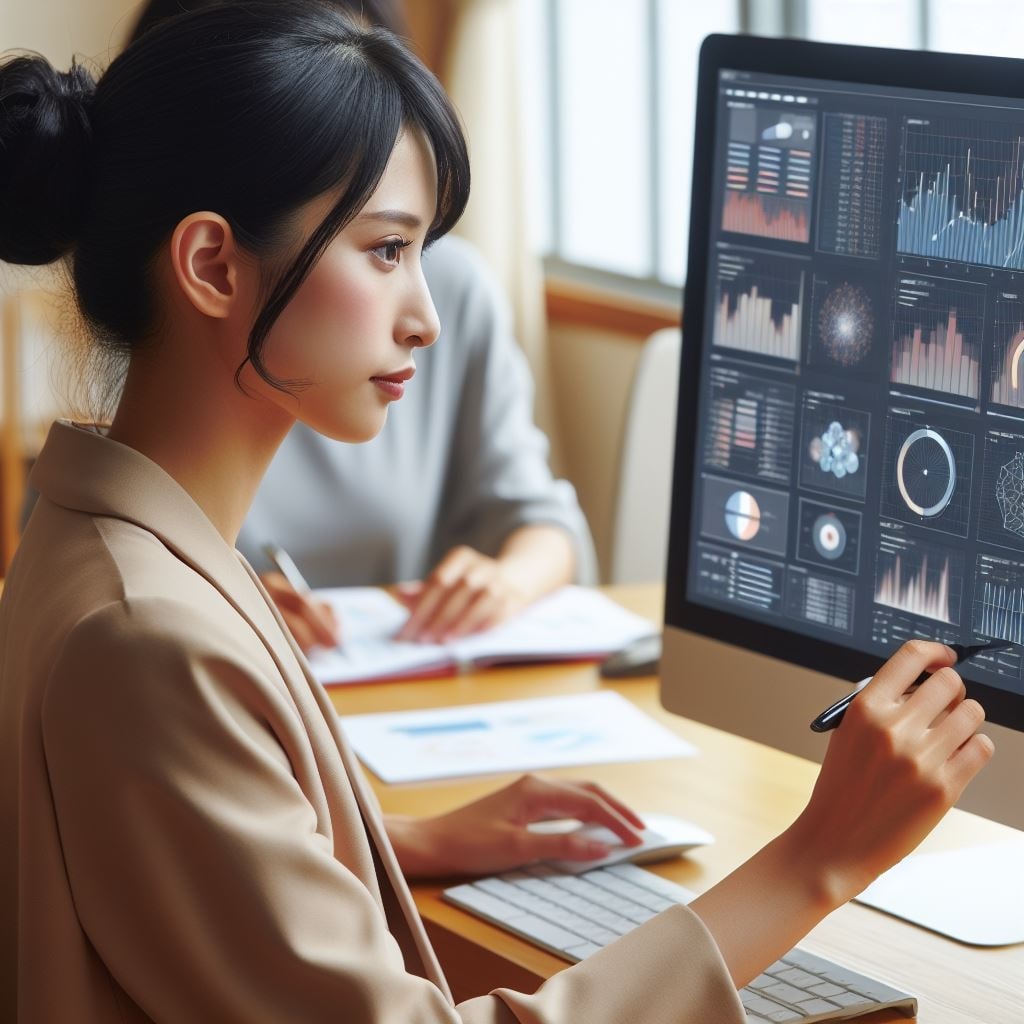The Future Of Wearable-First Mobile Applications
Wearable-first mobile applications are redefining how people interact with technology by shifting focus from phones to connected devices like smartwatches, fitness trackers, and augmented reality glasses. With rising interest in health, convenience, and hands-free interaction, developers collaborating with an app developer new york are designing solutions that prioritize wearables as the primary interface.
Wearable-First Mobile Applications
Market demand
The adoption of smartwatches and fitness bands has expanded rapidly, creating new opportunities for wearable-first mobile applications. Users want seamless access to notifications, fitness tracking, and payments without depending on larger screens. Businesses are responding by investing in applications built to optimize the smaller form factor while maintaining high functionality.

Advances in hardware
The future of wearable-first mobile applications is tied to advancements in sensors, processors, and battery life. Improved biometric tracking, faster chips, and efficient displays allow developers to build more complex features. Working with an app developer new york ensures that apps integrate these capabilities smoothly to deliver reliable performance on compact devices.
Health and wellness
Healthcare is one of the most significant beneficiaries of wearable-first mobile applications. Continuous monitoring of heart rate, oxygen levels, and physical activity provides users with real-time insights. Medical professionals are beginning to rely on this data for preventive care, while users find motivation in achieving their wellness goals through engaging interfaces.
Personal productivity
Beyond fitness, wearable mobile applications are enhancing productivity. Calendar alerts, quick replies, and task reminders keep users efficient without the need to pull out their phones. This streamlined access to essential tools demonstrates how wearables are evolving from accessories into productivity powerhouses.

Fashion and lifestyle
Design plays a central role in the appeal of wearable-first mobile applications. Users expect devices that combine functionality with style. App developers are now creating interfaces that match fashion-forward designs, ensuring that the user experience complements both lifestyle and appearance.
Gesture control
The limitations of small screens are pushing mobile applications toward alternative input methods. Voice commands, gesture recognition, and haptic feedback are becoming integral. Developers collaborating with an app developer New York are innovating ways to make these controls more natural and responsive for everyday use.
Connectivity expansion
Stronger connectivity standards like 5G and Bluetooth Low Energy are critical to the success of wearable mobile applications. Reliable communication ensures smooth syncing with smartphones, cloud storage, and IoT devices. This connectivity creates ecosystems where wearables act as central hubs for digital interaction.
Data privacy importance
As wearables collect personal health and behavioral data, privacy becomes a top concern. Encryption, secure authentication, and regulatory compliance are essential in building trust. Businesses that prioritize transparency while working with an app developer New York will find greater adoption of mobile applications.

Enterprise opportunities
Mobile applications are also entering the workplace. Industries such as logistics, healthcare, and field services use wearables for task tracking, navigation, and hands-free updates. These applications improve efficiency while reducing errors, offering companies measurable value.
Conclusion
Wearable-first mobile applications are rapidly moving from niche to mainstream by enhancing health, productivity, and connectivity. Their growth is powered by advances in hardware, innovative design, and integration with global networks. Businesses collaborating with an app developer New York are at the forefront of this shift, creating solutions that align with user expectations. As technology evolves, these applications will become central to how people manage daily life and digital interaction.
